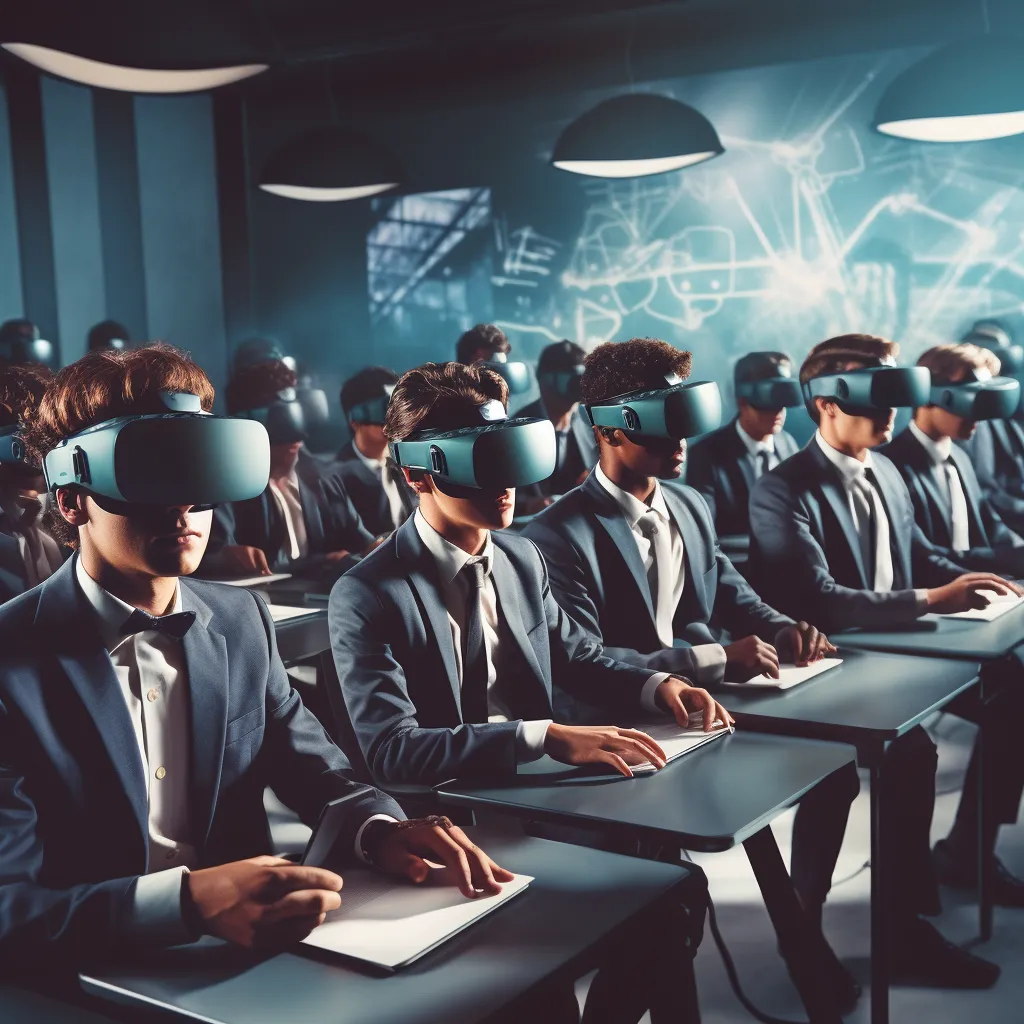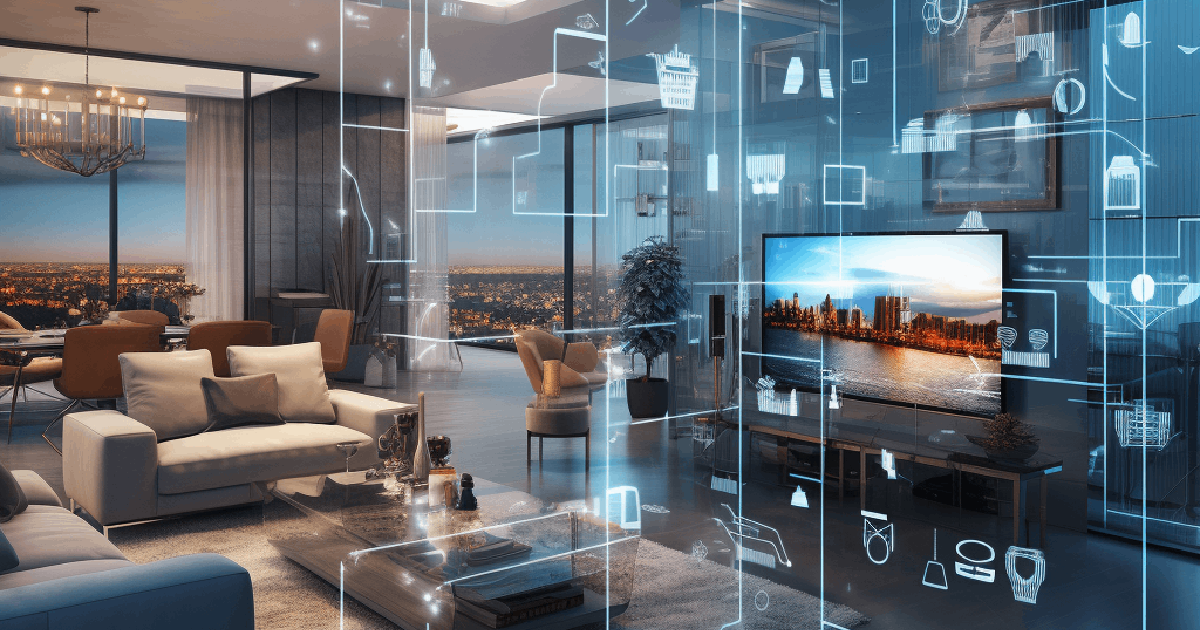A New Era of Learning
As we stand at the precipice of an educational revolution, one technology stands primed to change the way we learn forever: Virtual Reality (VR). VR goes beyond simple digitization to immersion, providing learners with experiences that were previously impossible or impractical. In this blog post, we’ll explore the potential and impact of virtual reality on education, opening a new era of learning.
A Dive Into Immersive Learning
Imagine dissecting a frog without the squeamishness, exploring the Pyramids of Egypt from your classroom, or even strolling through the bloodstream to understand human anatomy. These experiential learning opportunities might sound like science fiction, but with VR, they’re becoming our exciting present.
Virtual reality isn’t just about adding another layer of interactivity to learning. It’s about bringing realism and depth to education. The immersive nature of VR significantly improves engagement, memory retention, and understanding by allowing students to explore, experiment, and make mistakes in safe, controlled environments.
Reshaping the Classroom Experience
The walls of conventional classrooms are gradually eroding to make way for global connectivity and remote learning. VR speeds up this process by creating a ‘virtual classroom’ where learners from all over the world can interact as if they were seated next to each other. These virtual classrooms provide real-time collaboration, instant feedback, and individualized learning paths.
Moreover, virtual field trips can allow students to visit historical sites, observe endangered ecosystems, or explore different cultures, all without ever leaving their seats. Suddenly, learning is not confined to textbooks and videos; it transcends into lived and shared experiences.
Levels the Playing Field
One of the most promising aspects of VR in education is its ability to democratize access to quality education. Whether you live in a bustling city or a remote village, VR can provide the same rich, interactive learning experience. Additionally, students with mobility issues or learning disabilities can benefit from personalized VR experiences tailored to their needs.
Strengthening Skill Development
Practical skills require practice, but real-world environments may be fraught with limitations. With VR simulations, students can practice and hone their skills in a controlled setting. For example, medical students can perform complex surgeries without the risk of hurting a patient; engineering students can test designs under extreme conditions without investing in expensive prototypes.
The Road Ahead
While the potential benefits are immense, there are challenges too. High-quality VR equipment is still somewhat expensive, potentially limiting its accessibility. Also, creating comprehensive, captivating, and educationally sound VR content requires considerable effort and expertise.
However, as technology progresses and becomes more affordable, VR’s presence in our classrooms will only grow. Early adopters have begun paving the way, and exciting improvements are on the horizon.
As we progress into this new era of learning, the question isn’t whether virtual reality has a place in education — it’s how and when it will become a common thread in the tapestry of our educational experiences. And judging by the significant strides VR has made so far, that time is not too far away.
The future of education is immersive, interactive, and incredibly exciting. It’s clear: Virtual Reality in education isn’t just a passing trend — it’s a revolutionary step forward, ushering in a new era of immersive learning experiences. Let’s embrace VR and harness its full potential to make learning more engaging, effective, and equitable for all.




